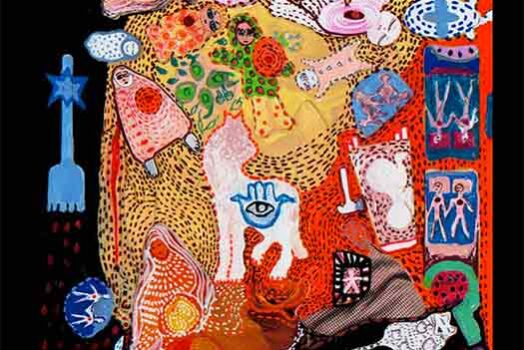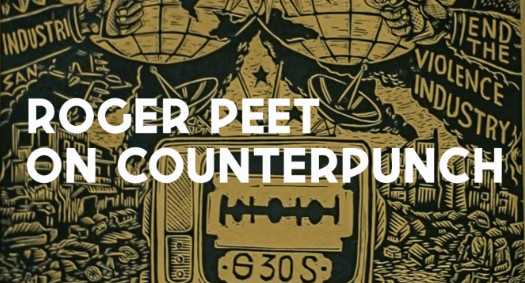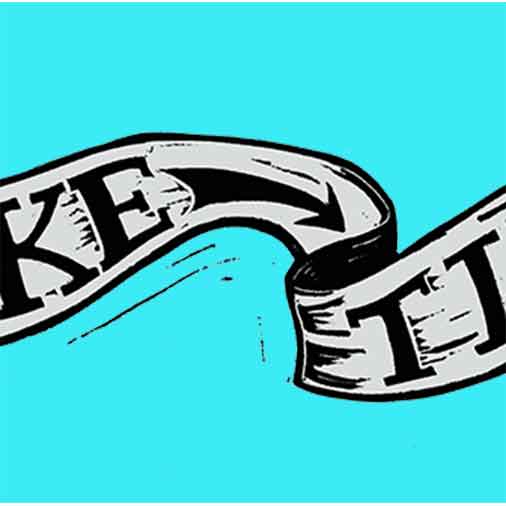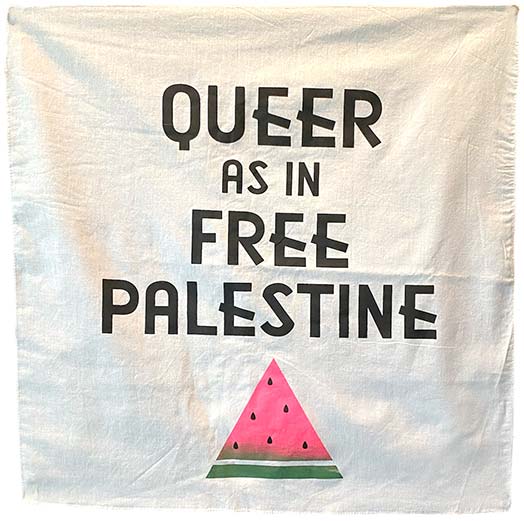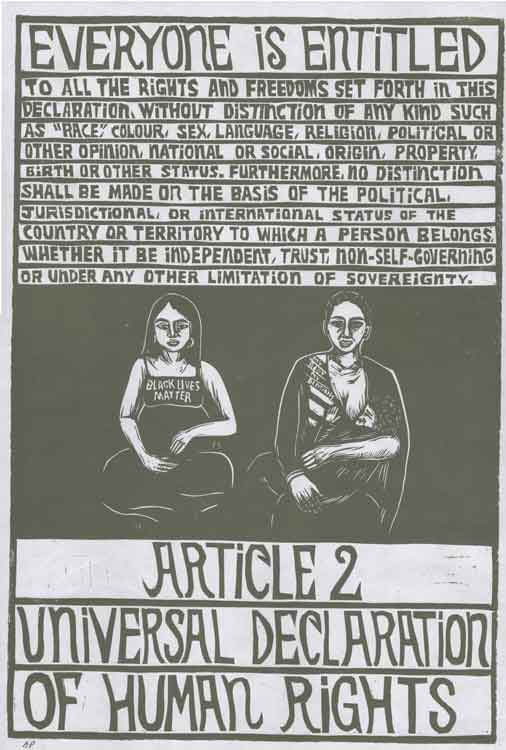We are back with our eleventh Dispatch. This edition finds us in discussion with Anouk (IG:anouk_kuona_), a political printmaker from Germany. You can find all of our previous Signal:Dispatches here.
Will you tell us a little about yourself? Who are you? Where do you live?
Hi everyone out there, my Name is Anouk and I’m a self-taught printmaker.
After living for several years in Mexico I am now back to where I was born and raised, in the southeast of Germany. I started exploring printmaking in 2017 and am mostly interested in traditional techniques like linocut, woodcut, and lithography. Since 2020 I have been living in a, now collectively owned and self-organized, farmhouse in the countryside with some other young people. I have a little printmaking studio here. We also have working areas for carpentry, woodwork, and sculpture; a garden and always lots of renovating, maintenance, and construction work to do.
It is a beautiful and messy learning experience about how to live in community and how to build structures of art and activism in the countryside.
I am still very much in the learning process on how to be a creative person in this world.
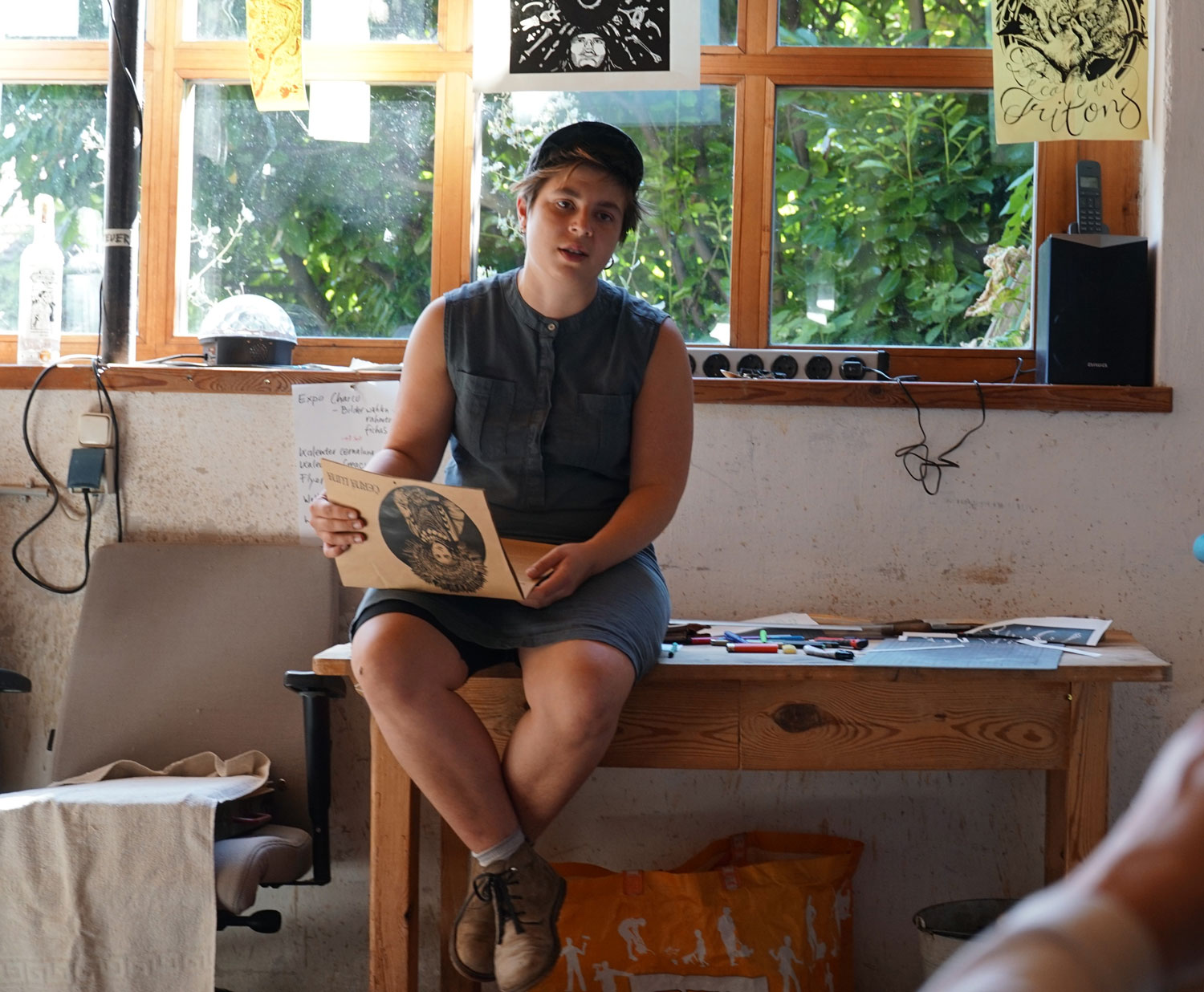
How did you get involved in political graphics? What came first, art or politics? Did you go to school for art?
I started printing in 2017 in Guadalajara, Mexico, together with anarchist printmaker and dear friend Casiopeo (@oepoisac) who sadly passed away in 2021. In Mexico printmaking has a long tradition of voicing rebellious and revolutionary content and having learned most of what I know about printing there, this continues to influence me. As long as I can remember I have been interested in both art and activism, and living in Mexico had a strong impact on me, bringing me closer to both.
I have not gone to art school but in the last years I have been thinking a lot about it. I long for learning, exploring my own intentions, and broadening my skills with others.
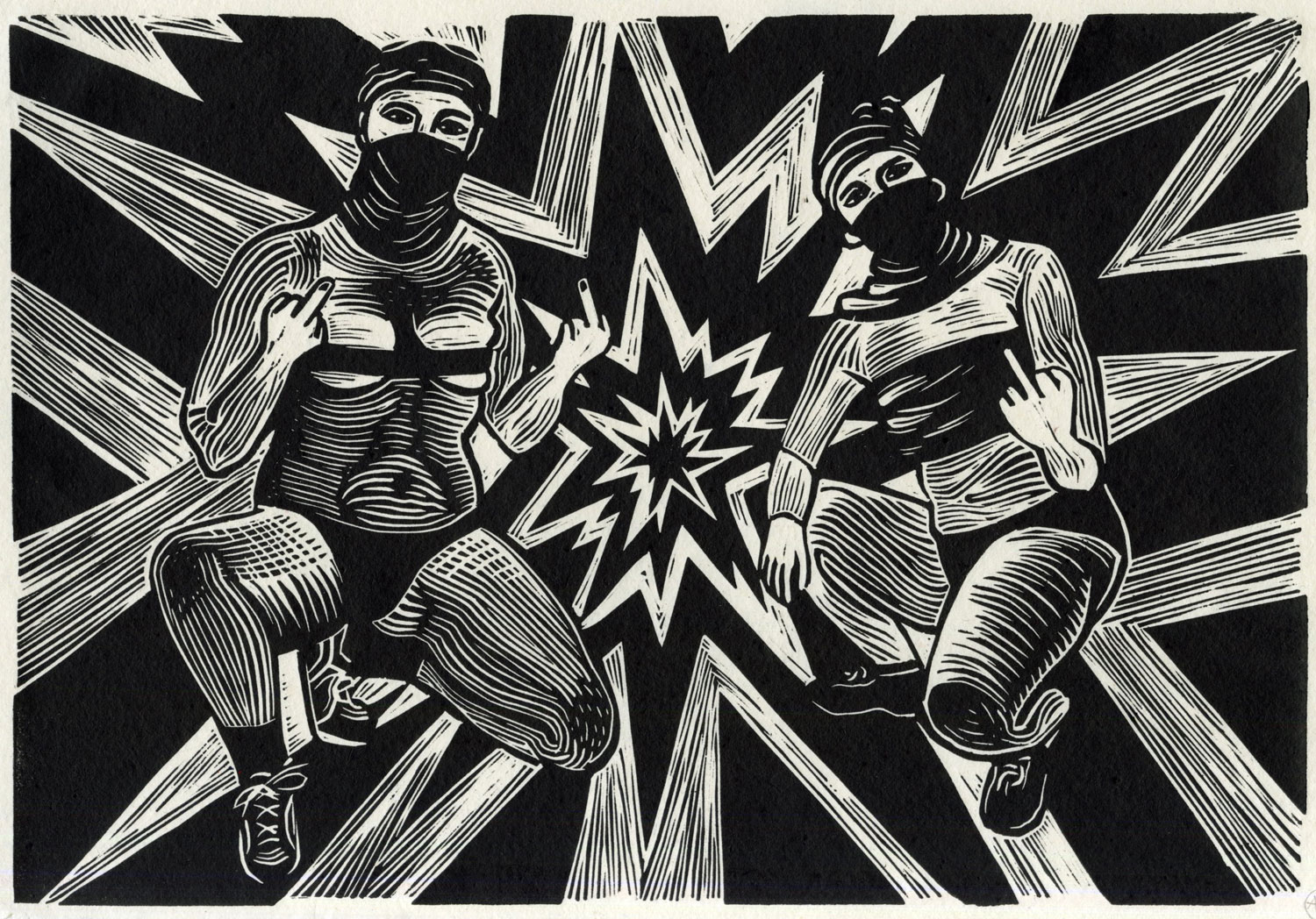
Tell us more about your politics and how it affects your work?
I think my access to political elements in my prints is often based on emotions.
I am not so much interested in educating people on political theory or history, it is more about our collective emotional responses to the world. I am interested on how our emotions reflect our shared experience under oppressive systems like capitalism and patriarchy, and how the ‘personal is political’.
There are very feminist practices going into my prints.
Referencing my own body is a ritual of reclaiming my territory and a very vulnerable and powerful practice to me. In presenting my own body in this intimate way I feel like I am overwriting parts of what our patriarchal society has taught me about my body.
What led you to printmaking?
In my closer family and ancestors there are several artists and printmakers and I grew up having art and creative practices as a natural part of my life. I also learned from a young age that being an artist is not a romantic lifestyle, that you’ll probably have little money and as much work and struggle as any other workers do.
Growing up I never thought I’d take that path.
When I came to Mexico as a young adult and stumbled across Mexican printmaking I knew immediately that that’s what I wanted to do!
Not only the images but also how alive this world was, how there are so many young people printing, creating collective spaces , how so much work is so political – it all drew me in.
Ever since I have looked at this with a smile – that I went away so far to see the world and I came back a printmaker like others in my family too.
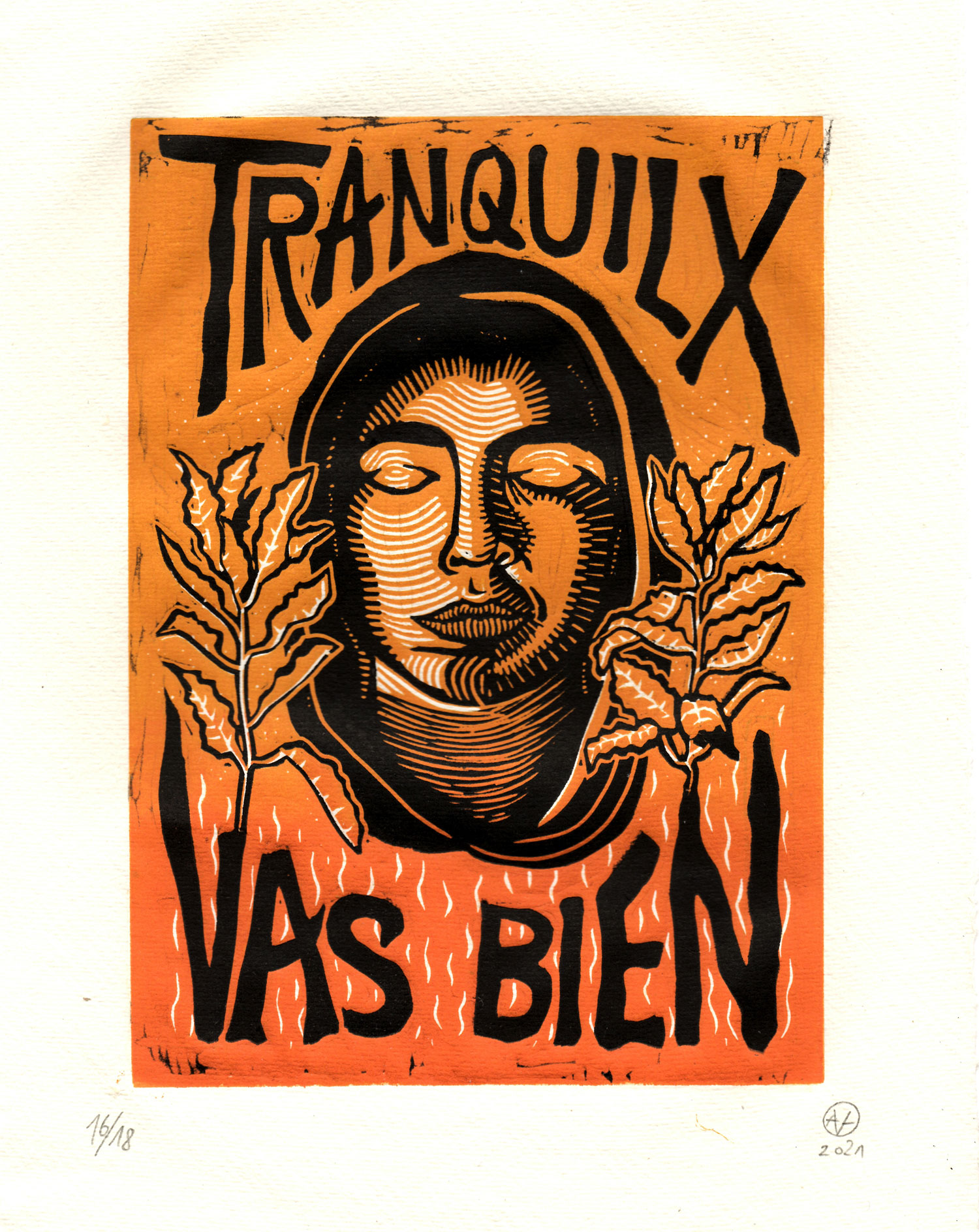
Can you talk us through the print “TRANQUILX VAS BIEN”? What was the inspiration for the work? What drove the process? What was its intention?
This work really started because I felt such a need for this reminder to exist. “Tranquilx vas bien“ means something like “be calm, you’re on your way“ or “you’re on the right way“.
It’s like a spell of love, cariño, and patience.
A lot of times I struggle with living up to my own expectations and this is something I tell myself when I’m worried.
It is also something I feel like lots of other people need to hear.
In the end I feel like there are so many things that we all share as humans and that all the kind, comforting, or empowering words that I need to tell myself are also the ones that others need to hear.
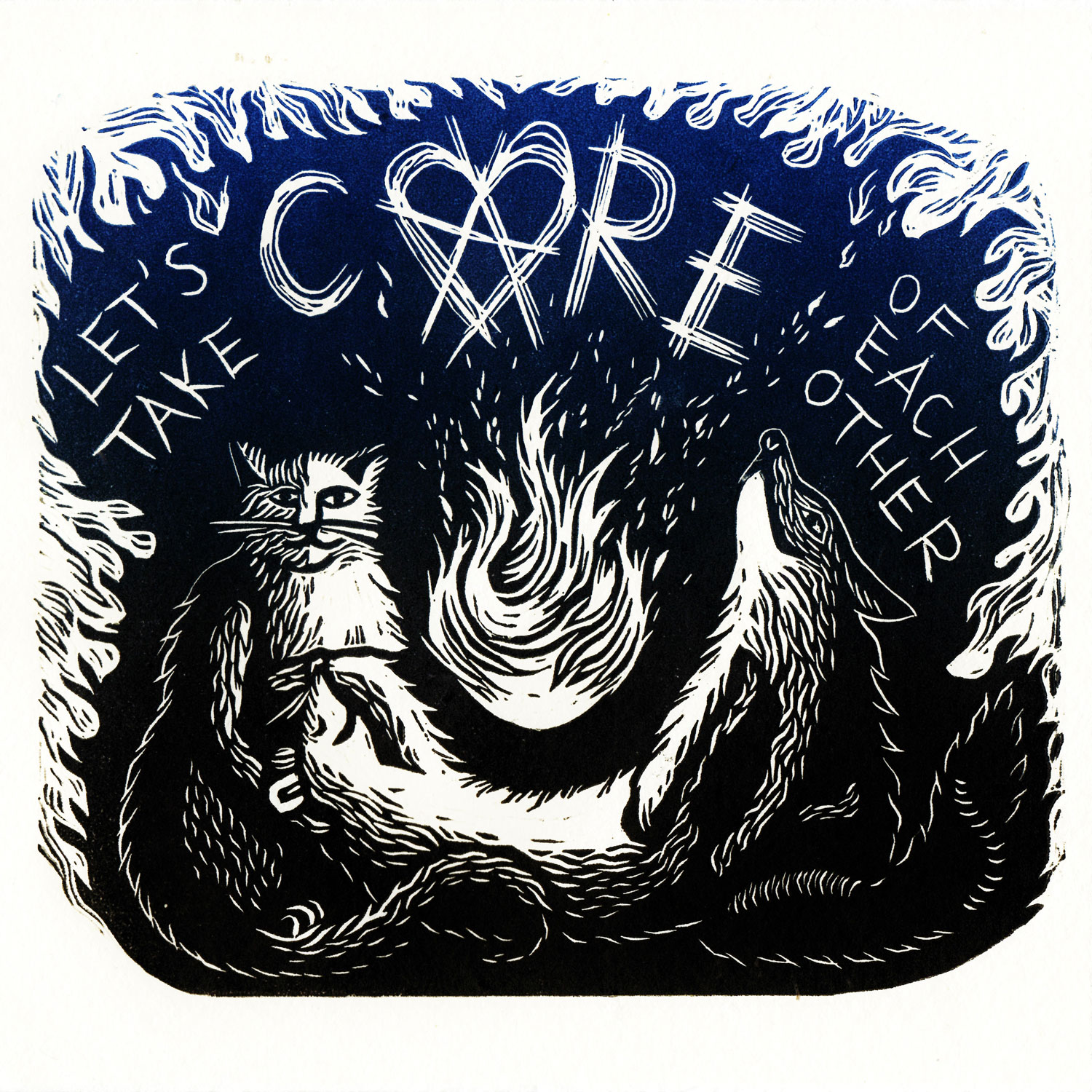
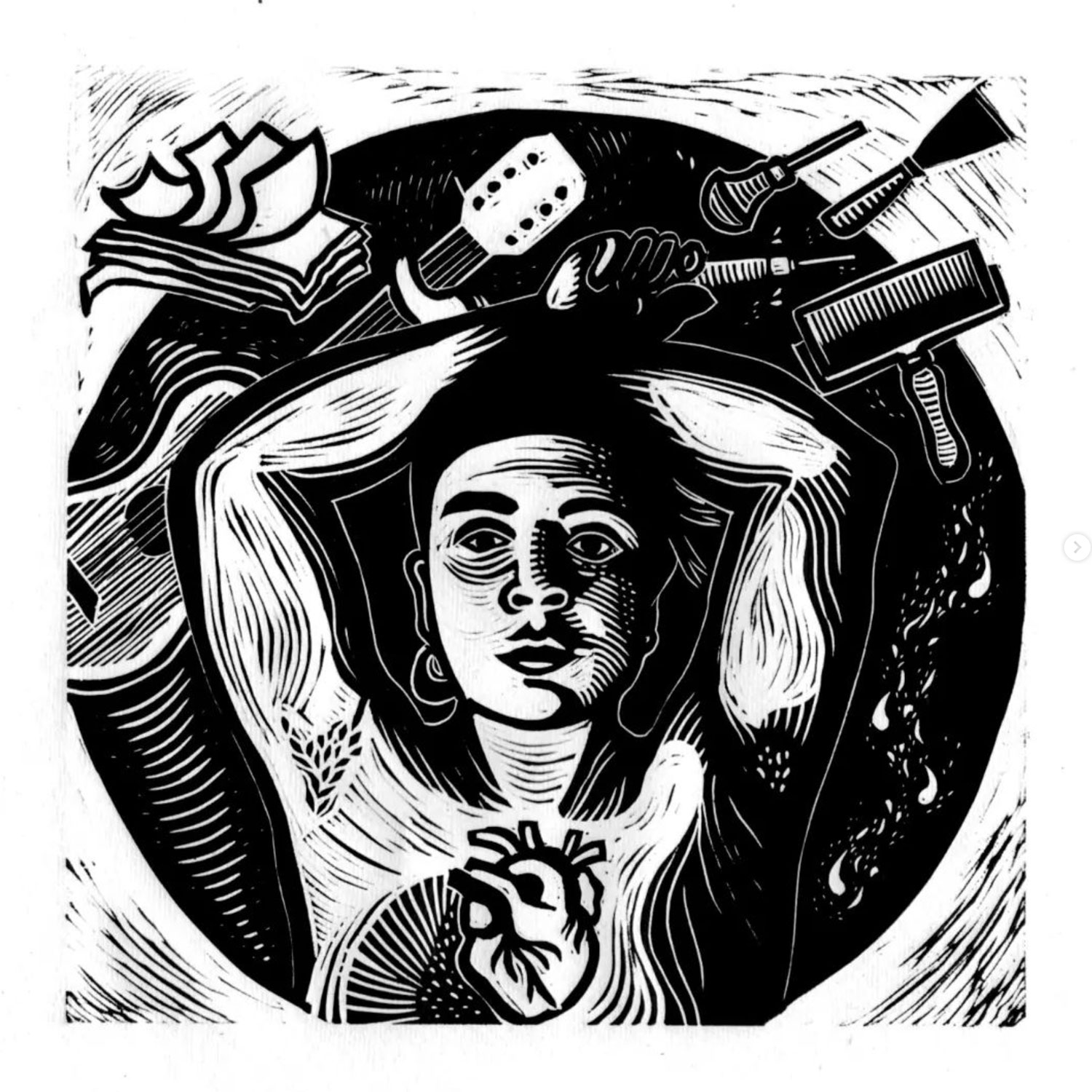
You have a lovely sense of light and shadow- especially with your use of fire as a light. The feeling of natural light (fire, sun, moon) is really hard to capture with relief printing and you really bring it alive. What is the significance of fire in your work? How do you capture sunlight and moonlight?
Thank you so much, that’s very kind of you! I feel like I still have so much to learn.
My relationship with nature is a big element of the images I create.
I long to reconnect, to feel myself part of a bigger cycle of beings and things, this thought is very powerful to me and it comes up in a lot of works as symbols like roots, plants, flowers, bones, fields, fire, sun and moon.
Carving all of these things–to me–is like a ritual of reconnection.
But these natural elements are also metaphors.
The fire that keeps us warm in cold nights to me is also our care for each other, how we look out for each other.
You share lots of pictures of your printmaking studio which looks gorgeous! Can you tell us about where you work- the building and the land- and how that affects your printmaking process?
Shortly after I moved to this collective farmhouse in 2020, we started to build the printing space there. We built a wall out of old windows to separate the studio from a dirtier working area, cleaned and painted everything and bit by bit the printmaking studio took form. Its only heat source is a beautiful, tiled stove, which is so cozy but also quite some work in winter since it gets very cold here. The space has lots of windows so there is a lot of light coming in–I love seeing the green bushes or snowy landscape outside. It really helps me to connect with where I am and what I’m doing here. The studio is a very important place for me. When life gets overwhelming and messy–I always find peace in the world I created in the studio.
It’s also a place where me and my roommates and friends spent many nights talking, hanging out, playing games, or making music together.
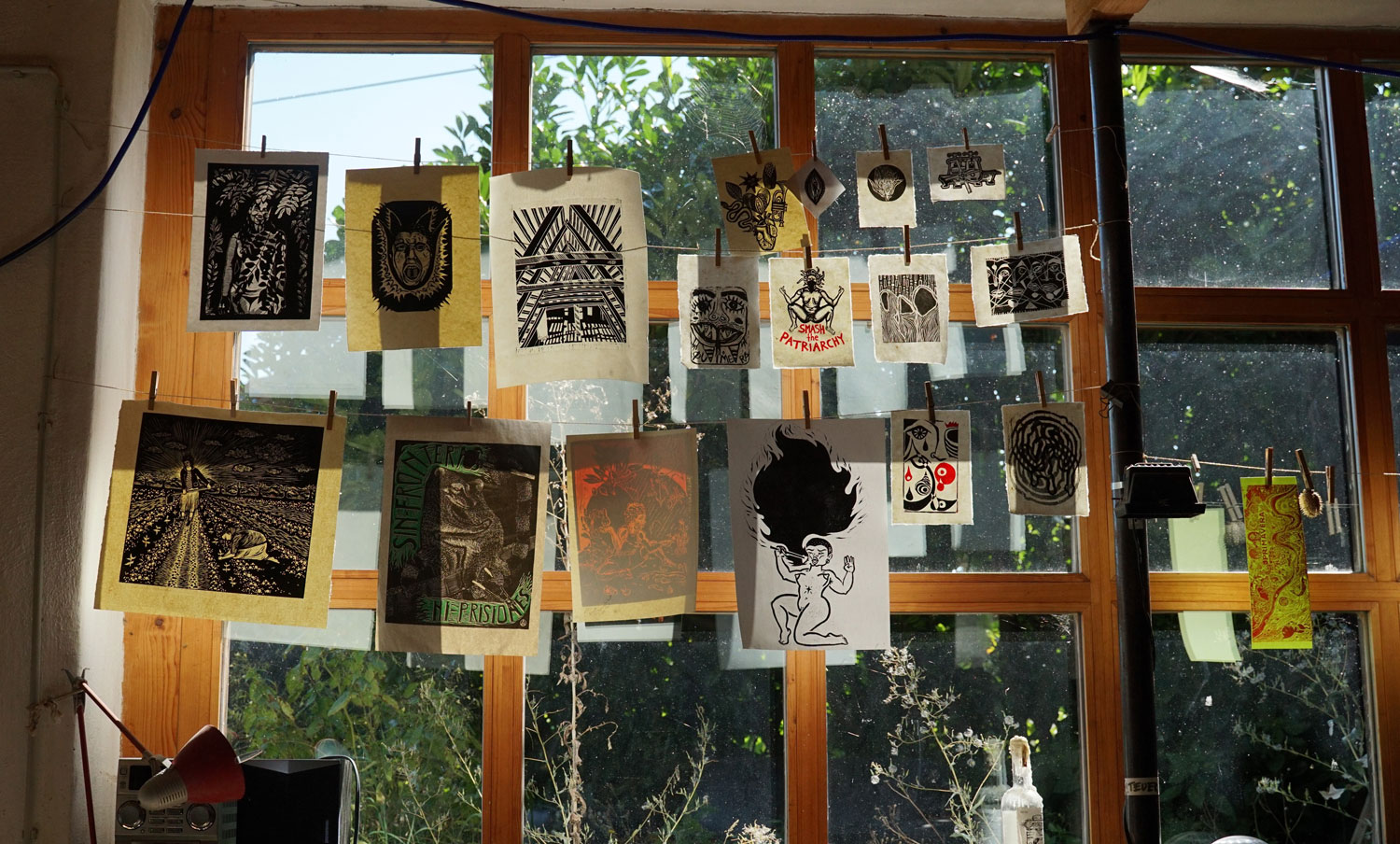
You have conducted printmaking workshops–what goes on at these? How do you use the work of Käthe Kollwitz in these workshops?
I really love facilitating workshops, I love sharing my excitement and experience with others and I always end up inspired by their works. To me the important thing is creating a space where we can all play and experiment.
I have worked with Käthe Kollwitz’s prints because they are a great example for political printmaking and still so relevant–as the right gains more and more power recently in Germany it is more than ever relevant to remember our history.
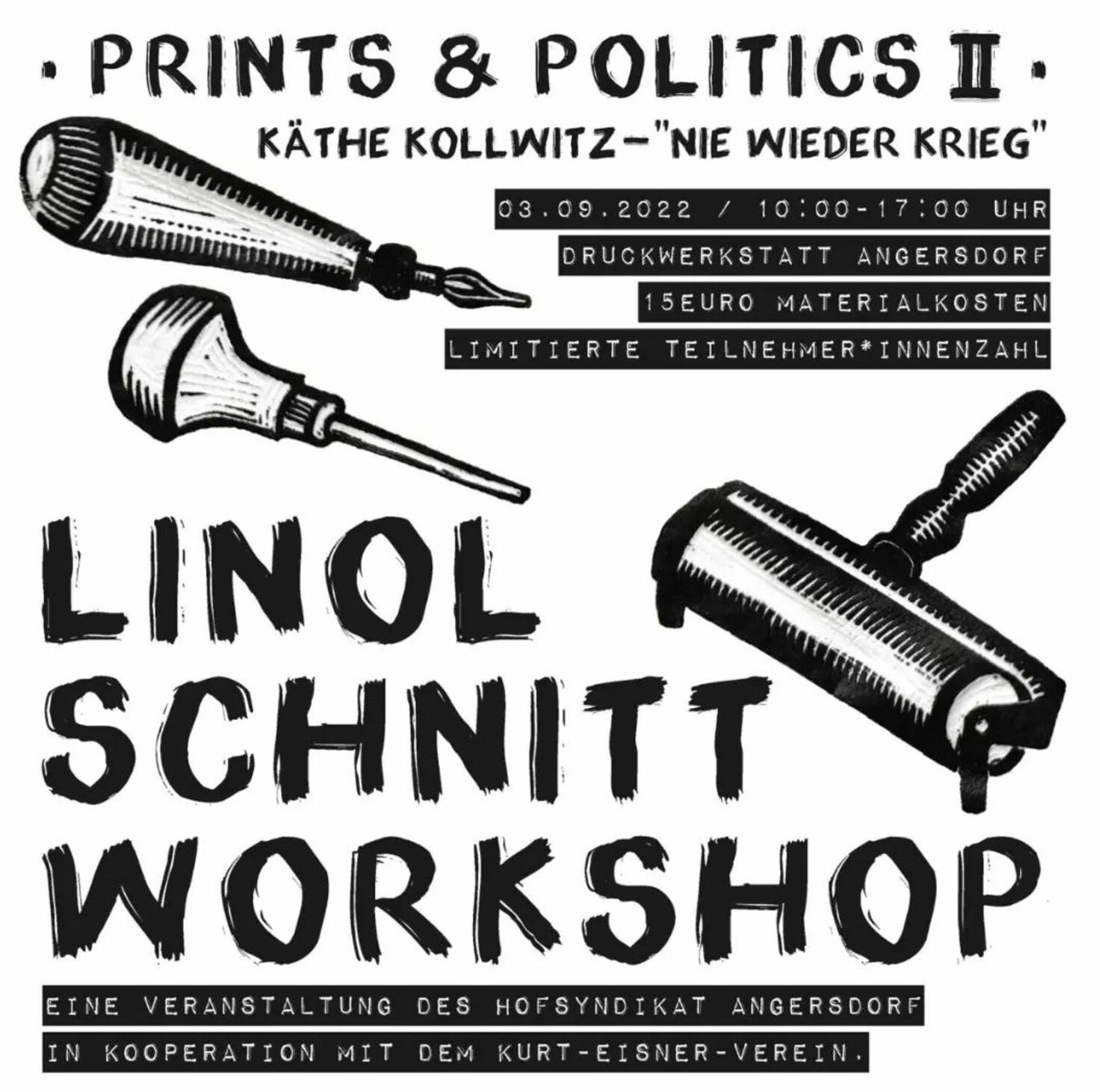
What do you want your prints to do? Educate people? Inspire them? Mobilize them? How?
I think I mostly want my prints to make people feel things. Sometimes rage sometimes tender feelings.
To comfort, to make us feel less alone.
I like the idea of the prints creating a connection.
I think the idea that we are all connected in a way that how we experience the world, the struggles and doubts we have.
Are you working on any projects right now that you are excited about and want to share?
I am so happy and honored that I got invited to participate in Constellations of Care: Anarcha-Feminism in Practice, a book that Cindy Barukh Milstein put together. This really is hugely exiting for me.
Thank you so much for inviting me to this interview!
Contact:
You can find my work on instagram: @anouk_kuona_
Interview conducted via email in May, 2023.
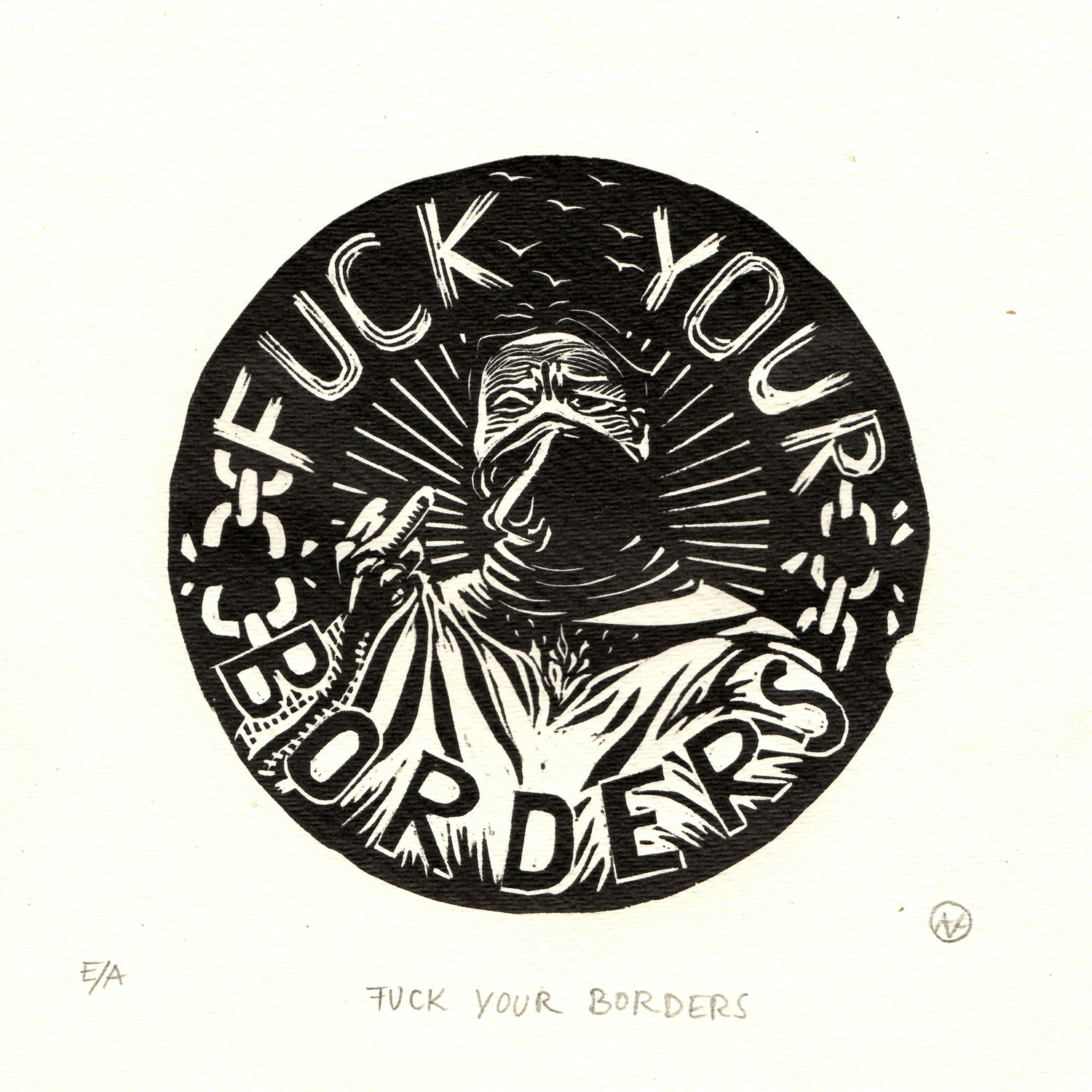
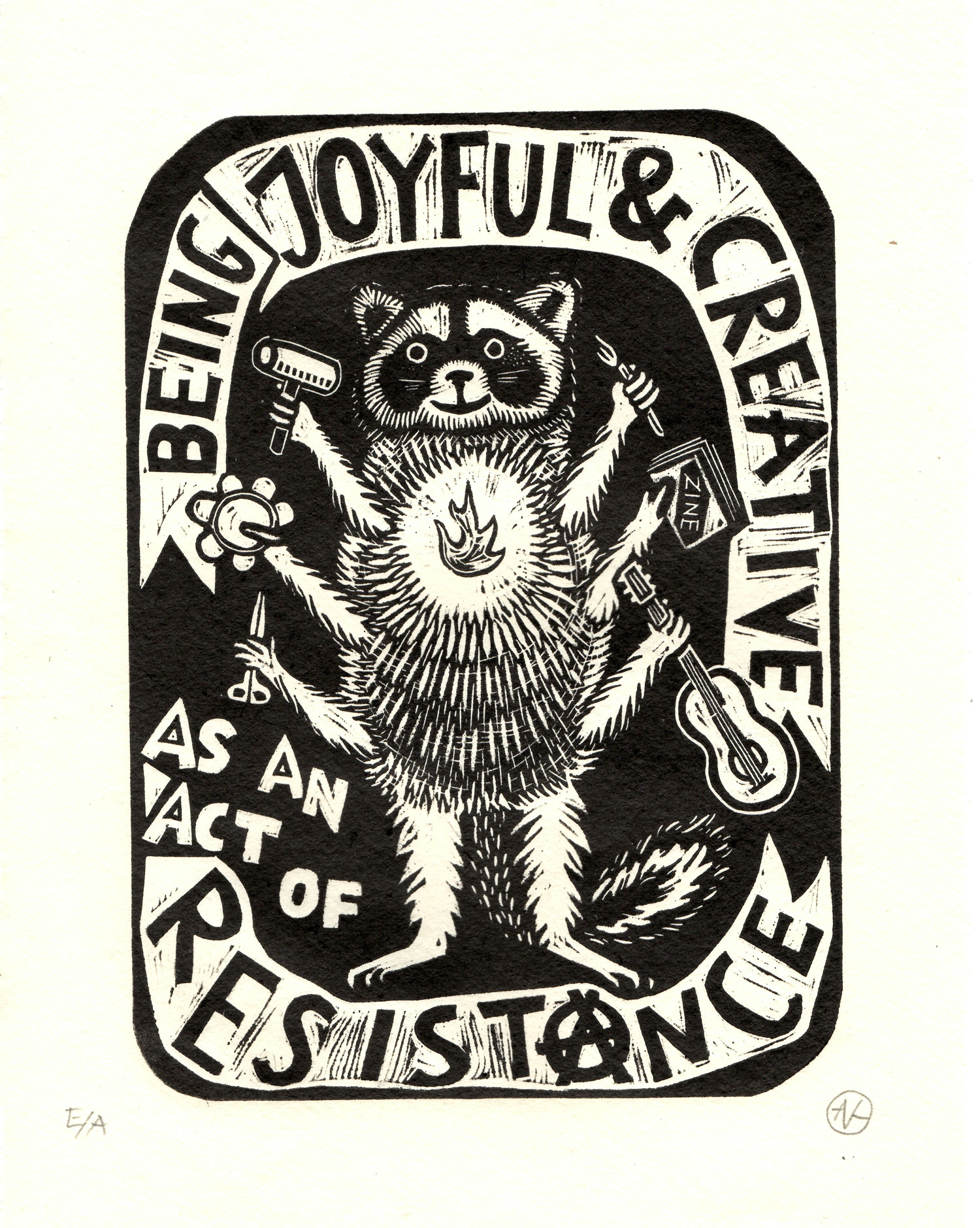

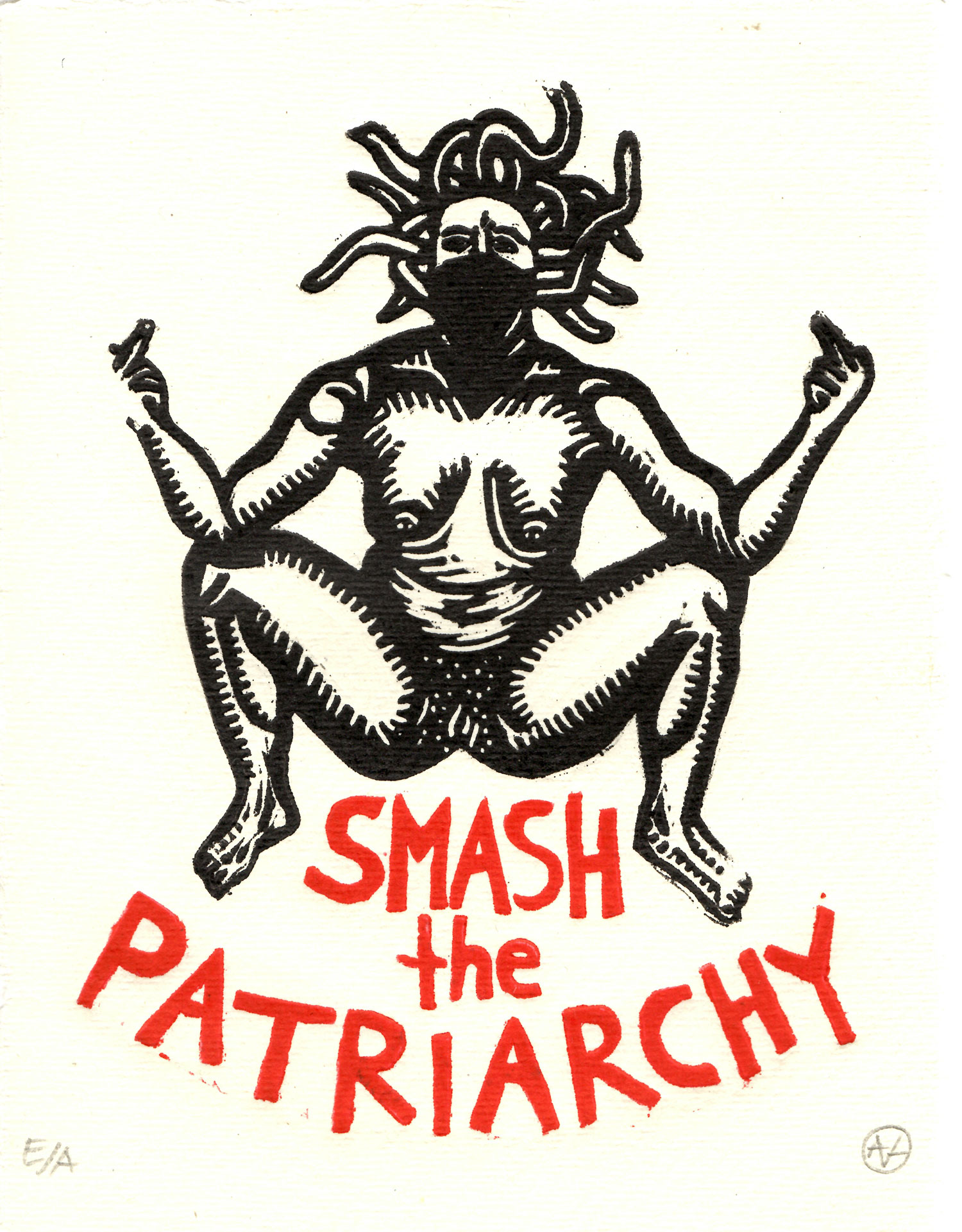
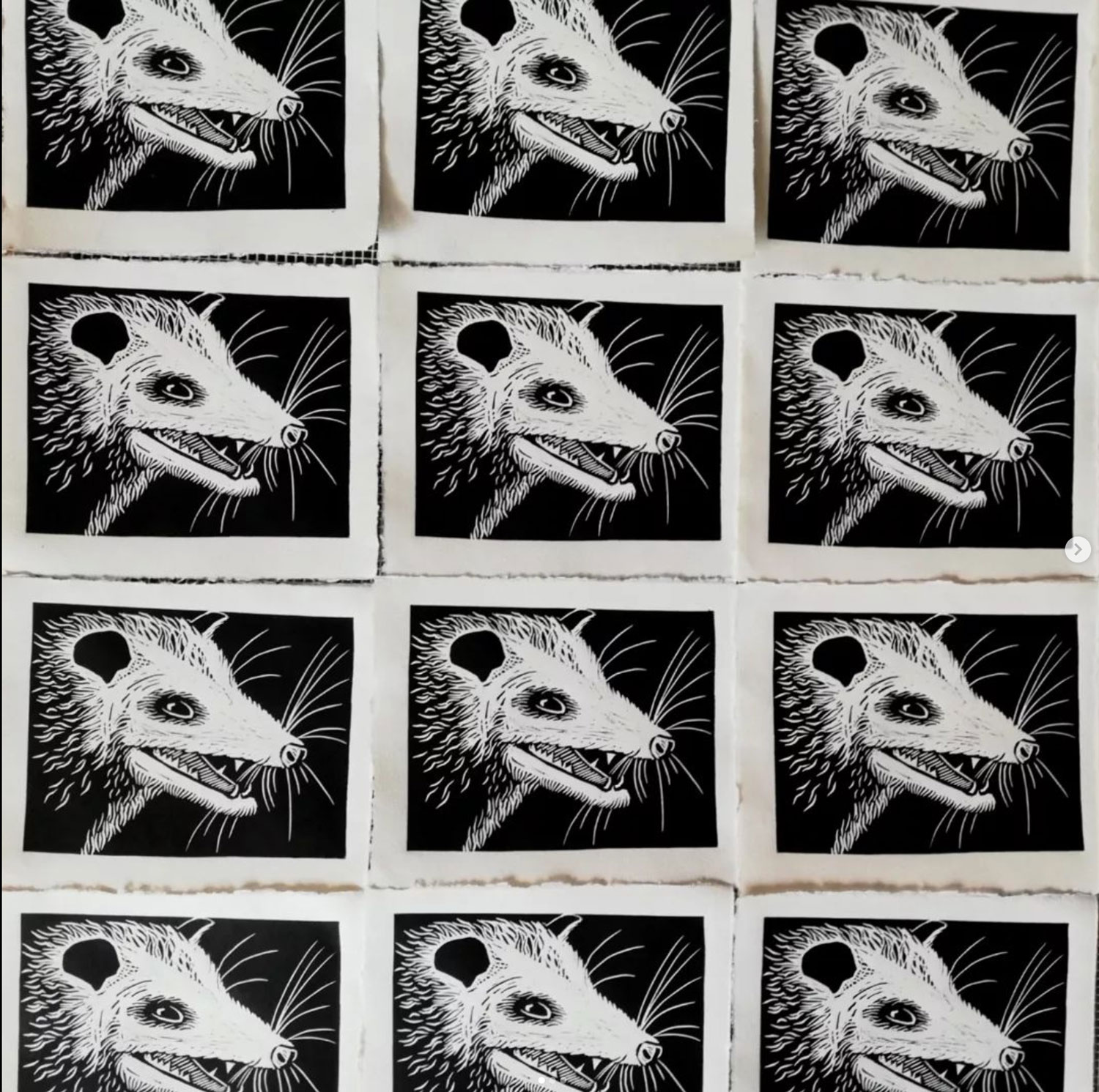
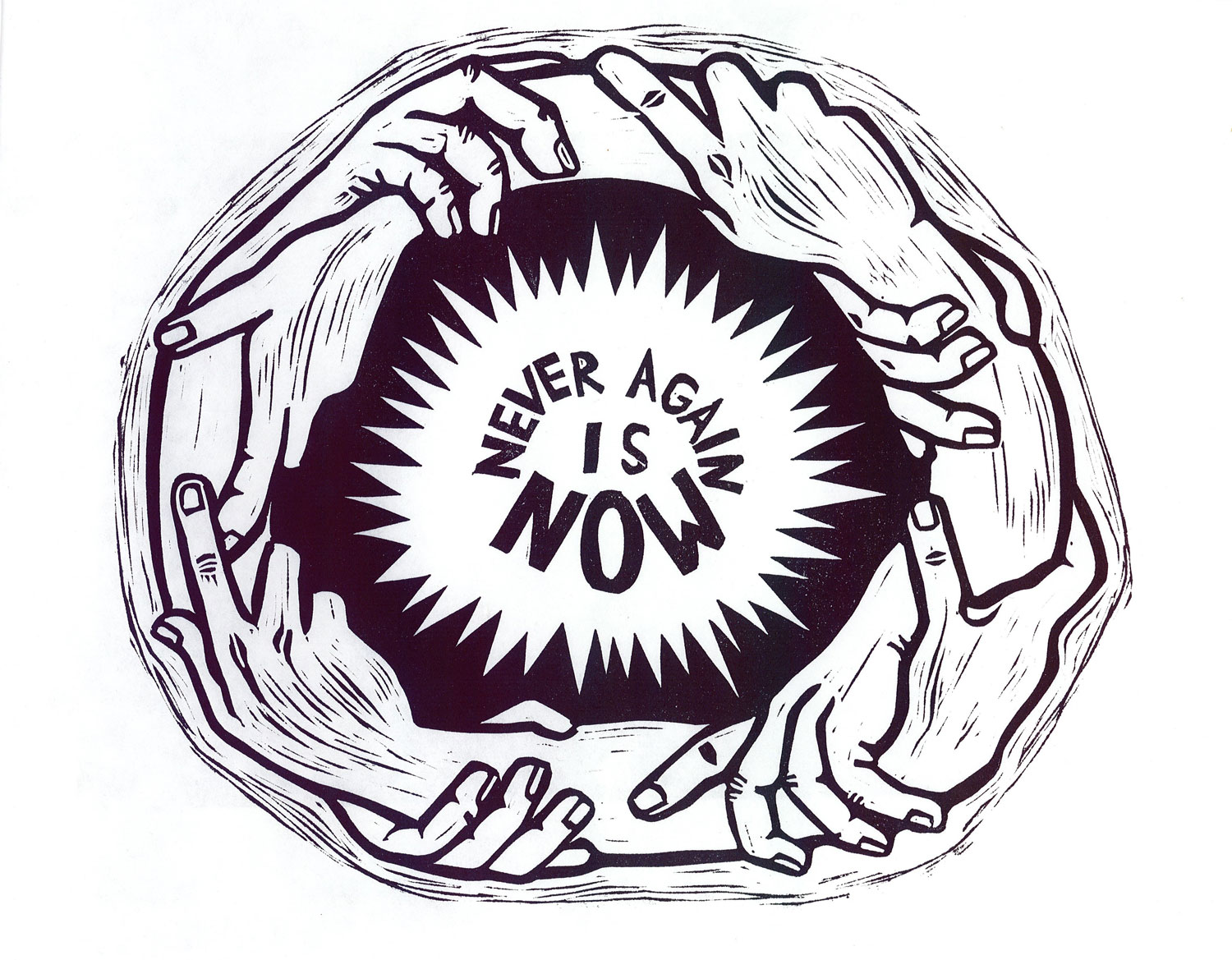

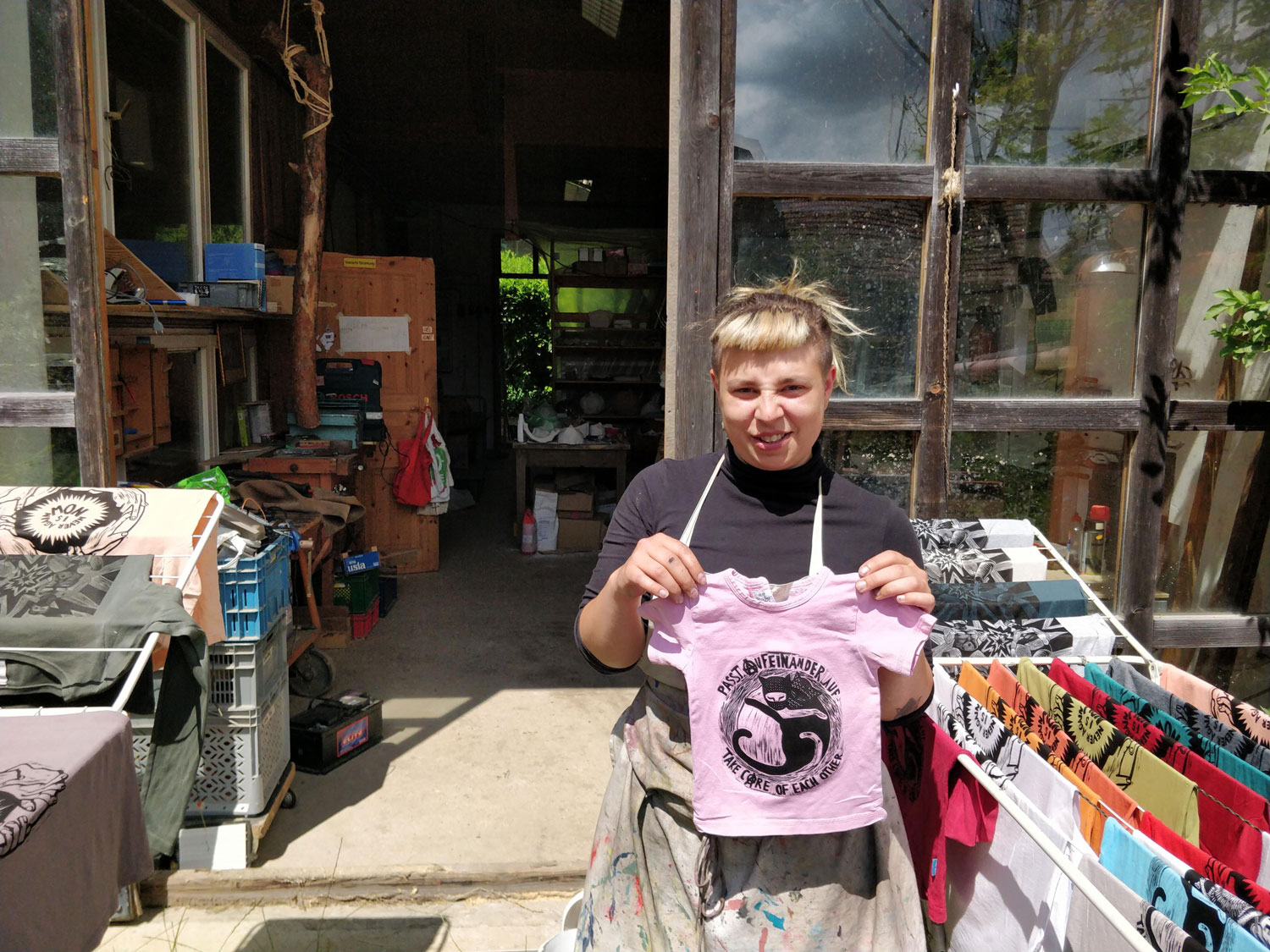
Signal: A Journal of International Political Graphics & Culture is the collective project of Josh MacPhee and Alec Dunn. All copies of Signal are available for sale here on Justseeds. You can find all of our previous Dispatches here.


